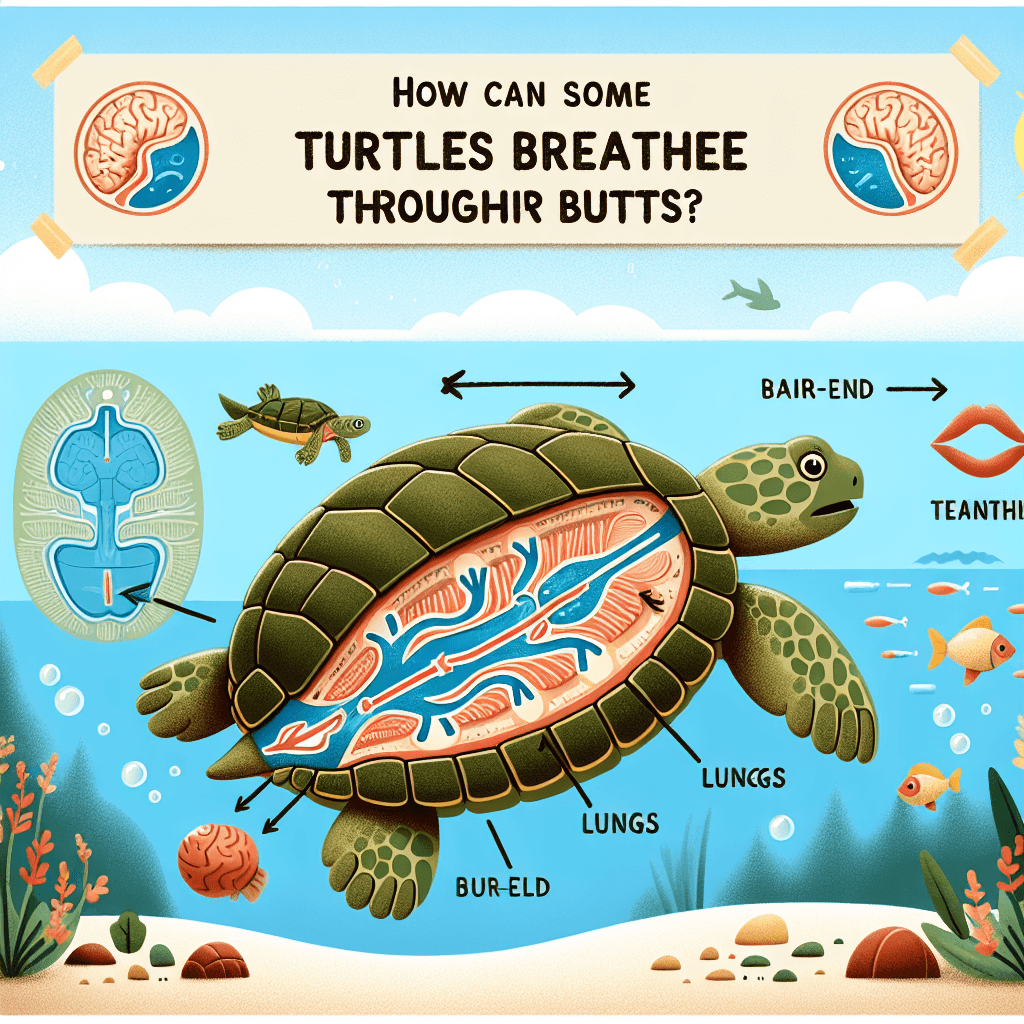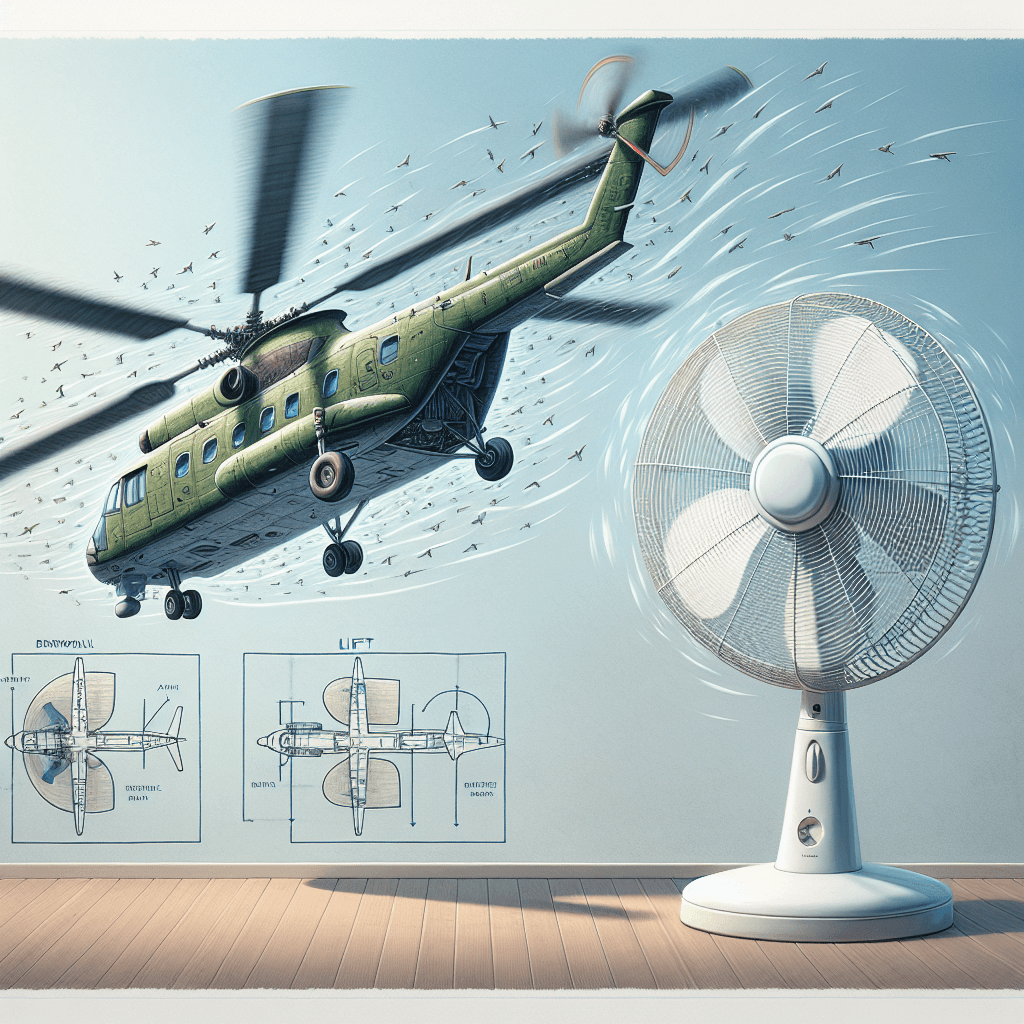How can some turtles breathe through their butts
It sounds like a schoolyard joke, but it's a real biological superpower. Discover the bizarre science that allows some turtles to survive a frozen winter by absorbing oxygen through their butts.


Too Long; Didn't Read
TLDR: Some turtles absorb oxygen from water using blood vessels in their butt. This lets them hibernate underwater for months without surfacing for air.
Nature's Scuba Divers: How Can Some Turtles Breathe Through Their Butts?
When you think about breathing, you probably picture a simple inhale and exhale using lungs. It’s a fundamental process for most land animals, including us. But the animal kingdom is full of incredible, and sometimes bizarre, adaptations that defy our everyday understanding of biology. What if an animal could survive for months underwater in a frozen pond without ever coming up for air? It sounds like science fiction, but for some freshwater turtles, it’s a reality made possible by a remarkable evolutionary trick. This post will dive into the fascinating science of exactly how some turtles can breathe through their butts.
It's Not a Butt, It's a Cloaca!
First, let's clear up some terminology. The term "butt-breathing" is a catchy and memorable way to describe this process, but it isn't technically accurate. The anatomical feature responsible for this feat is the cloaca. A cloaca is a multi-purpose orifice found in many animals, including birds, amphibians, and reptiles. Unlike mammals, which have separate openings for different functions, the cloaca serves as a single exit for the digestive, urinary, and reproductive tracts.
So, while we can call it butt-breathing for simplicity, the scientific term is cloacal respiration. This distinction is important because the cloaca is far more complex than a simple posterior end; it's a highly specialized and versatile part of the turtle's anatomy.
How Does It Actually Work?
Cloacal respiration is a masterful example of nature finding a solution to a difficult problem. The process isn't like breathing with lungs; instead, it's more analogous to how fish use their gills. Here’s a step-by-step breakdown:
- Pumping Water: The turtle actively pumps water into and out of its cloaca using a set of specialized muscles.
- Oxygen Absorption: The inner lining of the cloaca contains structures called bursae. These are thin-walled sacs that are incredibly rich in blood vessels, a state known as being highly "vascularized."
- Gas Exchange: As the oxygen-rich water flows over the surface of these bursae, oxygen diffuses directly from the water into the turtle's bloodstream. At the same time, carbon dioxide diffuses out of the blood and into the water, which is then expelled.
This process allows the turtle to extract just enough oxygen to sustain its basic metabolic functions while submerged for long periods.
A Superpower for Survival
Why would an animal develop such an unusual method of breathing? The primary reason is survival, especially during winter hibernation (more accurately called brumation in reptiles).
- Winter Hibernation: Many freshwater turtles, like the Painted Turtle and the Snapping Turtle, spend the winter at the bottom of ponds and lakes. When the surface freezes over, they are completely cut off from the air. Cloacal respiration provides a lifeline, allowing them to get the minimal amount of oxygen they need to survive until the spring thaw.
- Energy Conservation: During brumation, a turtle’s metabolism slows down dramatically. Its heart rate might drop to just a few beats per minute. This low-energy state means its oxygen requirements are incredibly low, and the relatively inefficient process of cloacal respiration is sufficient to meet these needs.
- Avoiding Predators: Staying submerged for extended periods is also an excellent strategy for avoiding predators that hunt from the air or the water's edge.
Meet the Butt-Breathing Brigade
Not all turtles have this ability. It is an adaptation specific to certain freshwater species that endure long, cold winters underwater. Sea turtles and land-dwelling tortoises, for example, rely entirely on their lungs.
Some of the most well-known cloacal respirers include:
- The Eastern Snapping Turtle (Chelydra serpentina)
- The Painted Turtle (Chrysemys picta)
- The Softshell Turtle family (Trionychidae)
However, the undisputed champion of this ability is the Fitzroy River Turtle (Rheodytes leukops) from Australia. According to researchers, this remarkable species can acquire up to 70% of its oxygen needs through its cloaca, allowing it to remain underwater for days at a time.
Conclusion
The ability of some turtles to breathe through their cloaca is more than just a quirky piece of trivia; it is a profound testament to the power of evolution. This incredible adaptation allows them to survive in harsh environments where access to air is impossible for months on end. It showcases how life finds a way, developing unique and highly specialized solutions to the challenges of survival. So, the next time you see a turtle resting peacefully at the bottom of a pond, remember that you might be witnessing a silent, hidden superpower at work—a master of underwater survival powered by one of nature's most unusual innovations.
More Articles

Why do marching bands march with that specific high-knee style?
That powerful, high-knee march isn't just for show—it's a fascinating technique rooted in military history and the pure science of projecting sound across a field.

Why do some pufferfish create intricate, beautiful sand circles on the ocean floor?
Mistaken for underwater crop circles, these mesmerizing patterns are actually the work of a tiny artist on the most elaborate and romantic quest in the entire ocean.

Why can a helicopter fly with blades spinning slower than a simple house fan?
It’s a mind-bending fact of physics: a helicopter’s massive blades spin slower than a simple house fan, yet they generate enough force to lift thousands of pounds. Uncover the incredible aerodynamic secret that makes this possible.